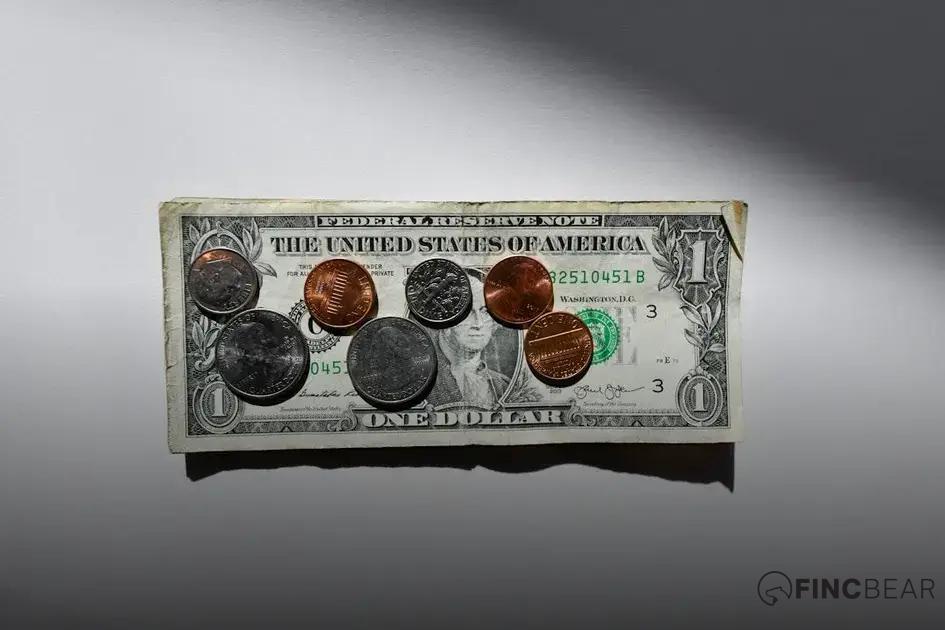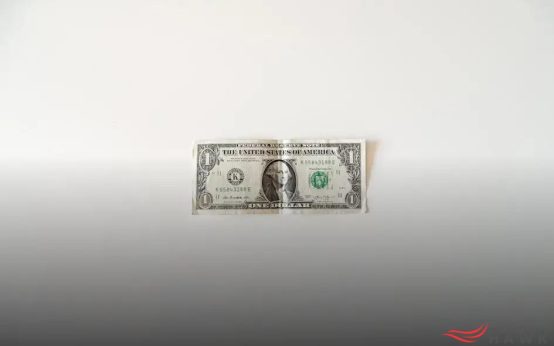Understanding the actions of the Federal Reserve is crucial for predicting economic stability. When considering the question, ‘What happens if the Federal Reserve cuts interest rates too soon?’, it’s important to explore the possible impacts on economic growth, market reactions, and the risks involved. This guide will delve into four key topics that will illuminate the potential consequences of such a decision. By examining the Federal Reserve’s role, the potential economic outcomes, and the risks to markets, we can better understand the long-term consequences of premature interest rate cuts.
The Role of the Federal Reserve
The Federal Reserve, often referred to as the Fed, plays a pivotal role in shaping the economic landscape of the United States. As a central banking system, it is responsible for implementing monetary policies that aim to promote maximum employment, stabilize prices, and moderate long-term interest rates. The Fed’s decisions have far-reaching implications not only for domestic economic conditions but also for global financial markets.
In scenarios where the Federal Reserve decides to cut interest rates, its actions are generally aimed at stimulating economic growth by making borrowing cheaper for businesses and consumers. This can lead to increased spending and investment. However, the timing and the magnitude of these rate cuts are crucial. If executed prematurely, rate cuts could lead to unintended consequences such as asset bubbles or inflationary pressures.
Furthermore, the Federal Reserve’s dual mandate ensures that it must carefully balance these decisions while considering the health of the economy. The Fed uses various tools, such as open market operations, the discount rate, and reserve requirements, to manage the supply of money and influence interest rates. Each of these tools can have different implications depending on the current economic context.
Understanding the precise role of the Federal Reserve requires a thorough analysis of both its traditional powers and its more unconventional measures like quantitative easing. These strategies can significantly impact economic outcomes, especially in times of financial uncertainty or crises. The Federal Reserve’s role as a central financial authority makes its actions highly significant for predicting future economic trends.
Potential Economic Impacts

The decision by the Federal Reserve to cut rates earlier than anticipated can lead to significant economic impacts. One of the most direct effects is the potential stimulation of consumer spending. As interest rates decline, borrowing becomes less expensive, which can encourage businesses and consumers to take loans. This influx of capital can boost spending in the short term, potentially driving economic growth.
However, there is also the possibility of inflationary pressures. Lower rates can increase the money supply in the economy, possibly leading to higher prices for goods and services. This risk requires careful monitoring to ensure that inflation remains within acceptable limits.
Additionally, an early rate cut may impact the housing market positively. Lower mortgage rates can make homebuying more affordable, possibly leading to a surge in housing market activity. This can support industries related to real estate, leading to job creation and business expansion.
On the other hand, savers may see diminished returns on savings accounts and fixed-income investments. This shift could encourage individuals to seek higher-yielding, but riskier, investment options.
The effects of such a rate cut are complex and can vary widely. It is crucial to consider the broader economic context and other ongoing fiscal policies to fully understand the potential impacts.
Market Reactions and Risks
The Federal Reserve’s potential decision to cut rates early could provoke a wide range of market reactions. Historically, such changes tend to have immediate impacts on stock and bond markets, often leading to increased volatility. Investors may react swiftly, adjusting portfolios to reflect the new interest rate landscape.
An unexpected rate cut might signal underlying economic weaknesses, causing concerns among investors about future economic stability. This can lead to a flight to safety, with many opting for more secure investments, such as government bonds or gold.
Moreover, the anticipation of interest rate changes can create its own set of reactions. Markets often try to predict the Federal Reserve’s next move, causing speculation that can lead to fluctuations in asset prices.
These reactions are not limited to the domestic market. A rate cut in the US can have global ramifications, influencing exchange rates, international trade decisions, and foreign investments. Other central banks may also respond, adjusting their own policies to maintain economic balance.
The risks associated with a premature rate cut include the potential to ignite inflationary pressures and reduce the tools available to the Federal Reserve in the event of a more severe economic downturn. It’s crucial for stakeholders to consider these risks alongside the benefits that lower interest rates may bring.
Long-Term Consequences

When the Federal Reserve opts to cut interest rates earlier than anticipated, it can set off a ripple effect that extends far into the future. Initially, lower rates might spur borrowing and spending, boosting the economy in the short term. However, over time, the consequences can become more nuanced and complex. One of the significant long-term effects is the potential for increased inflation. With cheaper loans, consumer demand could outpace supply, pushing prices upward.
Moreover, persistently low rates can lead to asset bubbles. Investors, in pursuit of higher yields, might pour money into stocks and real estate, inflating prices beyond their intrinsic value. This creates a precarious situation where any adverse economic shifts could result in severe market corrections.
Another important consideration is the impact on savers. Prolonged periods of low interest rates diminish returns on savings accounts and fixed-income investments, which can particularly affect retirees relying on these for income.
Foreign Exchange and Global Trade: As the US dollar potentially weakens due to rate cuts, there could be ramifications for trade balances. A weaker dollar might benefit exporters but could also increase import costs, complicating trade relations and policy.
Lastly, the credibility of the Federal Reserve could be at stake. Frequent and early rate cuts might lead to perceptions of an overly lenient monetary policy, which could undermine confidence in the Fed’s ability to manage economic cycles effectively.





